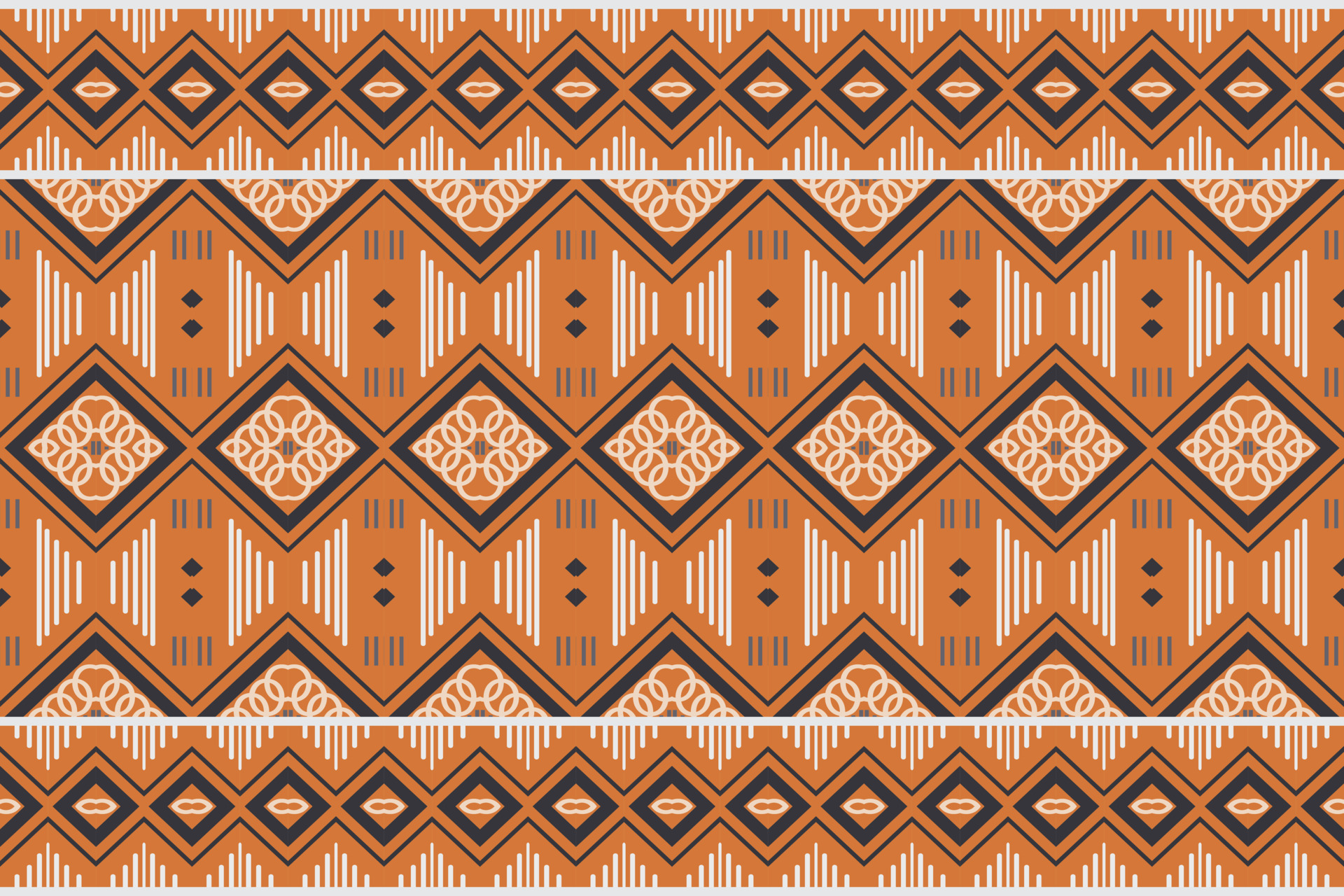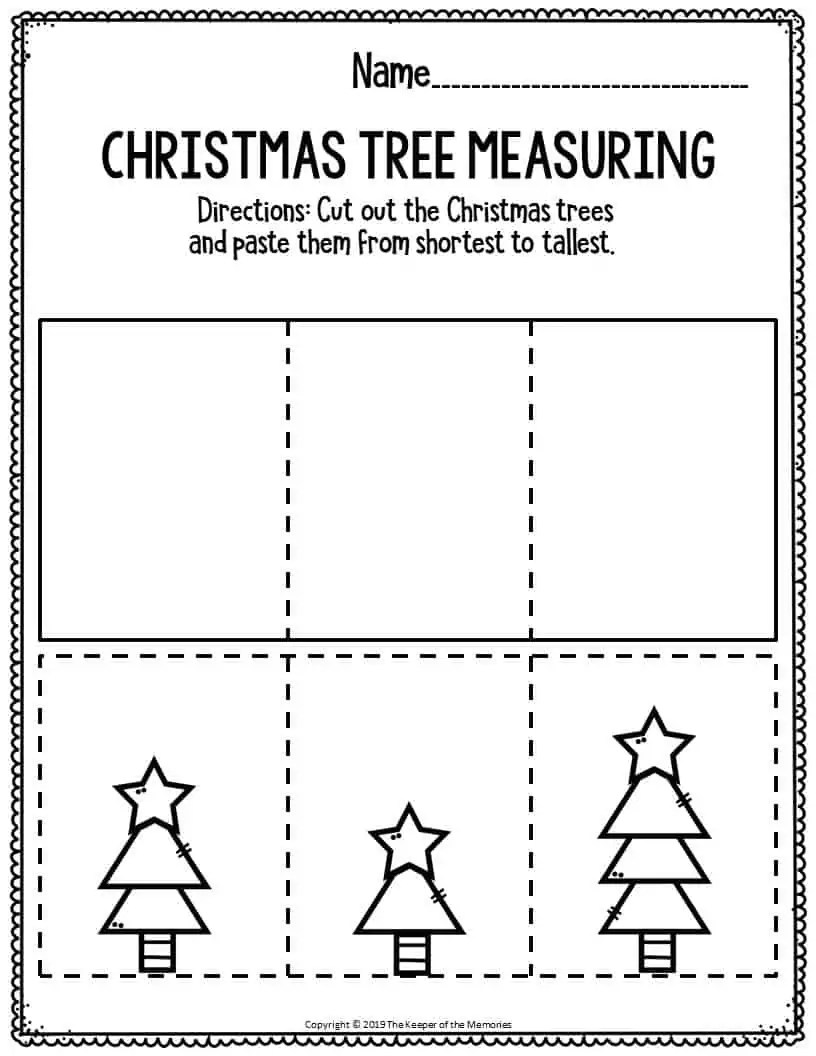Copy and Paste: 50+ Patterns

Discover the fascinating world of repetitive motifs and intricate designs, where the art of duplication transforms simple elements into captivating visual statements. In this article, we delve into the realm of copy and paste patterns, uncovering their diverse applications, historical significance, and the creative potential they unlock. From ancient traditions to modern digital artistry, these patterns offer a unique blend of symmetry, geometry, and artistic expression.
The Historical Significance of Copy and Paste Patterns

The concept of duplicating and arranging motifs to create patterns is deeply rooted in human history. Ancient civilizations, such as the Egyptians, Greeks, and Romans, employed intricate geometric designs to adorn their architecture, textiles, and pottery. These patterns served not only as decorative elements but also carried symbolic and cultural meanings.
One notable example is the greek key pattern, a continuous meandering line forming a series of interconnected rectangles. This design, often associated with Greek architecture, symbolizes the infinite and the unending flow of life. Similarly, Islamic art is renowned for its intricate arabesque patterns, which combine geometric shapes and calligraphy to create mesmerizing visual narratives.
| Pattern Type | Historical Context |
|---|---|
| Greco-Roman Fret | Ancient Greek and Roman architecture |
| Moorish Lattice | Moorish influence on European art |
| Ikat Weave | Traditional Southeast Asian textiles |

Evolution of Pattern Design
Over centuries, pattern design evolved with the advancement of art and technology. The Renaissance period witnessed a resurgence of interest in geometric patterns, with artists like Leonardo da Vinci and Albrecht Dürer exploring complex symmetries. The invention of printing techniques further popularized pattern design, as seen in the intricate wallpaper and fabric patterns of the 18th and 19th centuries.
Contemporary Applications
In the modern era, copy and paste patterns have found a myriad of applications, from graphic design and fashion to interior decoration and product design. With the advent of digital tools, creating and manipulating patterns has become more accessible and versatile. Designers can now experiment with a vast array of motifs, colors, and effects to craft unique and visually appealing compositions.
The Art of Creating Copy and Paste Patterns

Crafting copy and paste patterns involves a blend of creativity, precision, and technical skill. Designers often start with a simple motif or shape, which is then duplicated, rotated, and arranged to form a larger, cohesive design. The challenge lies in creating a balanced and harmonious composition that captivates the eye.
Techniques and Tools
Designers employ various techniques to create copy and paste patterns. One popular method is tile-based design, where the motif is repeated in a seamless fashion, creating an infinite pattern. Another approach is symmetry-based design, where the motif is reflected or rotated to create a balanced and visually appealing arrangement. Digital tools, such as Adobe Illustrator and Photoshop, offer a range of features to facilitate pattern creation, including pattern brushes, swatches, and seamless repeat functions.
Tips for Effective Pattern Design
- Start with a clear concept or theme to guide your design process.
- Experiment with different shapes, colors, and variations of your motif.
- Pay attention to the spacing and alignment of your elements to create a visually pleasing composition.
- Consider the scale and proportion of your pattern to ensure it is suitable for its intended application.
- Don’t be afraid to break traditional rules and explore unconventional combinations.
Real-World Applications of Copy and Paste Patterns
Copy and paste patterns have become an integral part of visual communication and design across various industries.
Graphic Design and Branding
In graphic design, patterns can add depth, texture, and visual interest to logos, branding elements, and print materials. They can evoke specific emotions, convey brand personality, and create a unique visual identity. For instance, a subtle geometric pattern in a logo can convey modernity and precision, while a vibrant floral pattern may reflect creativity and natural beauty.
Fashion and Textiles
The fashion industry has long embraced the allure of patterns. From bold floral prints to intricate tribal motifs, patterns add a touch of individuality and style to garments and accessories. Designers often draw inspiration from cultural traditions, nature, and even abstract concepts to create unique fabric designs. The use of patterns in fashion not only enhances aesthetics but also allows for creative storytelling and self-expression.
Interior Design and Architecture
Copy and paste patterns play a significant role in interior design and architecture. From wallpaper and flooring to furniture and accessories, patterns can transform a space, creating a sense of harmony or contrast. Geometric patterns, in particular, are favored for their ability to add visual interest and structure to a room. Additionally, patterns can be used to create optical illusions, manipulate spatial perception, and enhance the overall aesthetic appeal of a space.
The Future of Copy and Paste Patterns
As technology continues to advance, the possibilities for creating and utilizing copy and paste patterns are expanding. With the rise of generative design and artificial intelligence, patterns can be generated procedurally, offering infinite variations and customizability. Additionally, the integration of augmented reality and virtual reality technologies allows for immersive experiences where patterns can be explored and interacted with in entirely new ways.
Sustainable and Ethical Considerations
The future of pattern design also holds a focus on sustainability and ethical practices. Designers are increasingly exploring eco-friendly materials and production methods, as well as incorporating cultural and social themes into their patterns. By drawing inspiration from nature and promoting ethical consumption, pattern design can contribute to a more sustainable and responsible fashion and design industry.
The Impact of Digital Platforms
Digital platforms and social media have revolutionized the way patterns are shared, discovered, and popularized. Online communities and platforms dedicated to pattern design provide a space for collaboration, inspiration, and the exchange of ideas. This digital connectivity has not only expanded the reach of pattern design but has also fostered a global community of artists and enthusiasts, promoting cultural exchange and innovation.
How can I create my own copy and paste patterns?
+Creating your own patterns involves a combination of creativity and technical skills. Start by selecting a motif or shape that inspires you. Experiment with different arrangements, rotations, and variations to find a composition that resonates with your aesthetic. Digital tools like Adobe Illustrator or dedicated pattern design software can assist in creating seamless and repeatable patterns.
What are some popular pattern design trends in 2023?
+In 2023, pattern design trends lean towards bold and vibrant colors, with a focus on geometric shapes and abstract motifs. Nature-inspired patterns, such as botanical and animal prints, continue to be popular, offering a fresh take on traditional designs. Additionally, the integration of 3D effects and dimensionality adds a modern twist to pattern design.
How can I use patterns in my branding strategy?
+Patterns can be a powerful tool in branding, helping to establish a unique and memorable visual identity. Consider the core values and personality of your brand and choose patterns that align with these attributes. For instance, a playful brand might opt for whimsical patterns, while a sophisticated brand might prefer minimalist geometric designs. Patterns can be incorporated into logos, packaging, and marketing materials to create a cohesive and recognizable brand presence.



